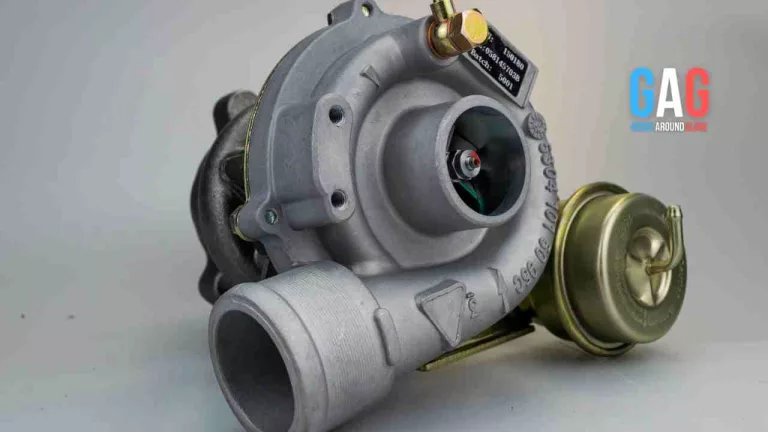Introduction to Carbon-Neutral Aviation
Have you ever wondered about the environmental impact of air travel? Let’s dive into it!
What is Carbon-Neutral Aviation?
Carbon-neutral aviation refers to the practice of balancing the amount of carbon dioxide (CO2) emitted by aircraft with an equivalent amount of carbon offset. In simpler terms, it’s like balancing a scale where the emissions on one side are neutralized by sustainable practices on the other.
Why is Carbon-Neutral Aviation Important?
Imagine a world where the skies are cleaner, and our carbon footprint is minimal. That’s the goal of carbon-neutral aviation. With the aviation industry contributing significantly to global carbon emissions, achieving carbon neutrality can play a pivotal role in combating climate change.
Understanding Sustainable Aviation Fuel (SAF)
Let’s take a closer look at SAF, the game-changer in the aviation industry.
What is SAF?
SAF, or Sustainable Aviation Fuel, is an alternative to conventional jet fuels. Made from sustainable resources, SAF can significantly reduce the carbon emissions of aircraft.
How is SAF Produced?
SAF is produced from various renewable resources, including waste oils, agricultural residues, and even algae. The beauty of SAF is that it can be blended with conventional jet fuel, making the transition smoother.
The Impact of SAF on Carbon Emissions
The aviation industry has been under the microscope for its contribution to global carbon emissions. With the increasing awareness about climate change and the urgent need for sustainable solutions, the focus has shifted towards alternative fuels that can mitigate the environmental impact of flying. This is where Sustainable Aviation Fuel (SAF) enters the scene. But how significant is its impact? Let’s delve deeper.
Switching to SAF sounds great, but what’s the real impact?
Reduction in Carbon Footprint
Switching to SAF is not just a trendy move; it’s a necessity for a sustainable future. When we talk about SAF, the numbers speak for themselves. By incorporating SAF into their fuel mix, airlines have the potential to reduce their carbon emissions by a staggering 80%. To put this into perspective, imagine the vast Amazon rainforest. The carbon sequestration potential of using SAF is akin to planting millions of trees, akin to adding a new Amazon to our planet. This massive reduction not only helps in achieving carbon-neutral goals set by various countries but also ensures that the aviation industry plays its part in global sustainability efforts.
Comparison with Traditional Jet Fuels
Jet fuels have been the standard for powering aircraft for decades. Derived from fossil resources, these fuels have been reliable but come at a significant environmental cost. Every time an aircraft powered by traditional jet fuel takes to the skies, it releases a substantial amount of CO2 into the atmosphere, contributing to the greenhouse effect and global warming.
Enter SAF. This fuel is not just another alternative; it’s a game-changer. Unlike its traditional counterparts, SAF is derived from sustainable resources. This means that its production doesn’t rely on depleting fossil reserves. Moreover, when burned, SAF emits significantly less CO2. But the benefits don’t stop there. The production process of SAF, which can include recycling waste oils or harnessing agricultural residues, promotes sustainable practices across the board. This holistic approach ensures that while the skies are cleaner, the earth benefits too.
Challenges in Adopting SAF
However, like all great innovations, SAF comes with its set of challenges.
Production Limitations
One of the primary challenges facing SAF is its current production capacity. The technology and processes to produce SAF are still in their nascent stages, and the infrastructure to produce it on a large scale is not yet fully developed. As a result, the supply of SAF is limited, especially when compared to the vast quantities of traditional jet fuel consumed by the global aviation industry daily.
Economic Implications
The economic challenges of SAF adoption are closely tied to its production limitations. Given its current limited supply and the costs associated with its production, SAF tends to be more expensive than traditional jet fuels. For airlines operating on razor-thin margins, this cost difference can be a significant barrier to SAF adoption.
However, it’s essential to view the economic implications of SAF within a broader context. While the immediate costs might be higher, the long-term benefits, both environmentally and economically, can outweigh these initial expenses. As the world moves towards stricter environmental regulations and carbon pricing, the cost of not adopting sustainable practices, like using SAF, could be far greater for airlines in terms of penalties, taxes, and lost customer goodwill.
The Future of SAF and Carbon-Neutral Aviation
So, what does the future hold for SAF and carbon-neutral aviation?
Innovations in SAF Production
The realm of SAF production is buzzing with activity. Scientists, engineers, and industry experts are joining forces to push the boundaries of what’s possible. Traditional methods of producing SAF, while effective, often come with higher costs and scalability challenges. Recognizing these limitations, researchers are delving deep into innovative techniques that promise greater efficiency and reduced costs.
For instance, there’s growing interest in harnessing the power of microalgae as a feedstock for SAF. These microscopic organisms can rapidly convert sunlight and carbon dioxide into energy-rich lipids, which can then be transformed into aviation fuel. The beauty of this approach lies in its scalability and the potential to produce SAF without competing with food crops or arable land.
Another promising avenue is the exploration of advanced bioreactors and catalytic processes that can expedite the conversion of feedstocks into SAF. By optimizing these processes, the industry can produce higher yields of SAF in shorter timeframes, making it more commercially viable.
Global Initiatives and Commitments
The momentum behind SAF and carbon-neutral aviation isn’t just driven by technological advancements. It’s bolstered by a global wave of commitment and collaboration. Countries around the world are waking up to the importance of sustainable aviation, enshrining carbon-neutral goals in their national policies and offering incentives for green aviation practices.
Airlines, too, are stepping up to the plate. Major carriers are setting ambitious targets to reduce their carbon footprints, with many pledging to achieve net-zero emissions in the coming decades. SAF is central to these commitments. By integrating SAF into their fuel mix, airlines can make tangible strides towards their sustainability goals.
Furthermore, international bodies like the International Civil Aviation Organization (ICAO) are playing a pivotal role in shaping the future of carbon-neutral aviation. Through frameworks like the Carbon Offsetting and Reduction Scheme for International Aviation (CORSIA), there’s a coordinated effort to ensure that the growth of the aviation industry doesn’t come at the expense of the planet.
Conclusion
The journey towards carbon-neutral aviation is an exciting one, with SAF leading the way. While challenges exist, the collective efforts of the global community promise a cleaner and greener future for air travel.







